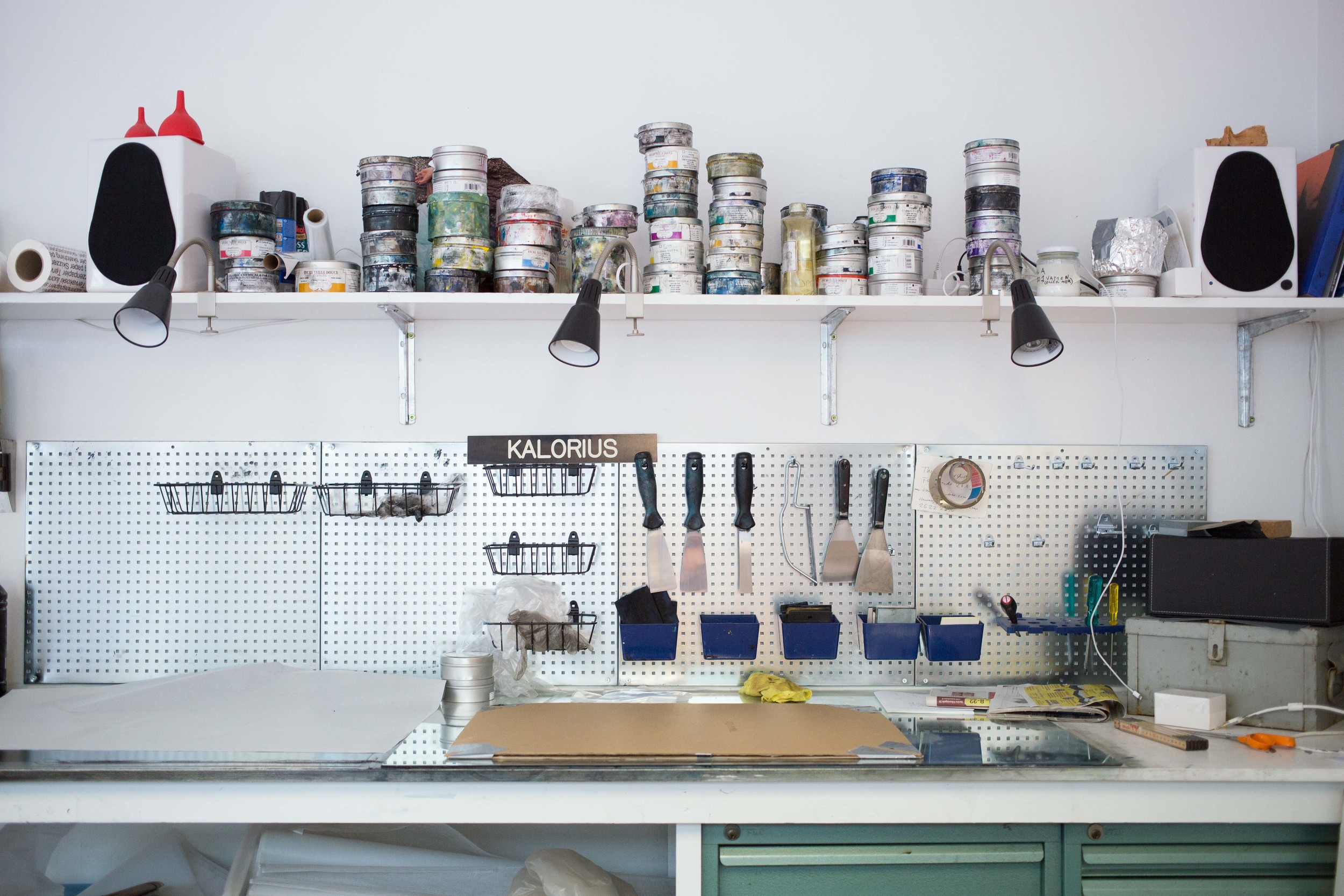Photo from Dunne & Raby's Technological Dreams Series: No. 1, Robots, 2007
The pathway to becoming a UX designer and/or Service Designer is always a fascinating story. If you take the time to ask fellow professionals in the field of how they came to be, I guarantee that it will be time well spent. The beauty of this industry is the fact that people have diverse backgrounds from probably every field you can imagine. This is why I love the HCD world.
Another reason why I love the HCD world is because if you look for it, you can pretty much find it in any field that exists. And when you do, the people you meet have no idea that they are actually participating in a HCD-like manner.
One of the places that I found Human Centered Design is in the conceptual design world. Take for instance the subject of 'Critical Design'.
Critical Design uses critical theory to approach designed objects in order to challenge designers and audiences to think differently and critically about objects, their everyday use, and the environments that surround them. Many design professors teach this way of thinking with their design students who are producing highly conceptual artwork within the design realm. Are you still interested? I'll keep going.
I'd like to introduce you to a duo who teach as design professors in London and Vienna and make projects stemmed from Critical Design. Their names are Anthony Dunne and Fiona Raby.
Another photo from the same series.
'Their work has been exhibited at MoMA, NYC, the Pompidou Centre, Paris, and the Design Museum in London, and is in the permanent collections of MoMA, the Victoria and Albert Museum, Frac Ile-de-France, Fnac and the MAK as well as several private collections. [...] In 2015, Dunne & Raby received the first MIT Media Lab Award.' I don't think that I have to justify their impact within the design world - they are well respected and consistently referred to when new work is presented to the world.
Techies - listen up.
Although the list of work they have produced is quite long, I'd like to bring attention to one of their projects called, "Technological Dreams Series: No. 1, Robots," created in 2007, which is a great example of Critical Design. It provokes the idea that ‘one day, in the future, robots will do everything for us’ and the question of how we will interact with them comes to the surface. In this project, designed robots are shown to project the ‘new interdependencies and relationships [that] might emerge in relation to different levels of robot intelligence and capability.’ (Dunne & Raby, Project Info)
I am a firm believer that it is though works like Technological Dream Series: No. 1, Critical Design ultimately takes on the role of questioning ‘the limited range of emotional and psychological experiences offered through [existing] designed products.’ (Dunne & Raby, Project Info) It emphasizes the condition of today's design culture as it ‘limits and prevents [designers] from fully engaging with and designing for the complexities of human nature.’ Although this can be seen as a negative way to view designed objects, Critical Design ‘is more about the positive use of negativity’ as it confronts designers to think critically about people they are designing for. This theory supports HCD through this confrontation and many designers have, since then, turned to HCD for guidance.
How wonderful, right? And very appropriate for our HCD/UX/Service Design field.
If you have time, watch and read about the robots. Think about what a world would be like in the future if robots and technology actually behaved in this way. I challenge you to consider why we are in partaking in this industry and to think about what ways you can use this fictional narrative to make what you are currently making more human and healthy for today's world while keeping the future in mind. If we don't start now, we could very well be living in a world where technology dictates our behaviors and way of life rather than allowing our human culture to grow organically while technology serves and evolves with us.
















































































































